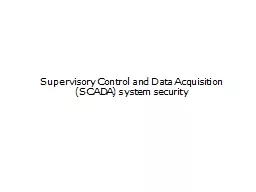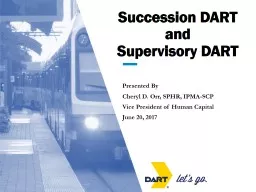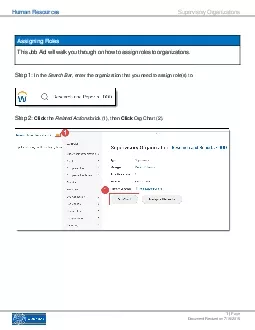PPT-Supervisory Control and Data
Author : phoebe-click | Published Date : 2018-11-21
Acquisition SCADA system security Reading Nicholson et al 2012 SCADA security in the light of CyberWarfare 2012 Computers amp Security Volume 31 Issue 4 June
Presentation Embed Code
Download Presentation
Download Presentation The PPT/PDF document "Supervisory Control and Data" is the property of its rightful owner. Permission is granted to download and print the materials on this website for personal, non-commercial use only, and to display it on your personal computer provided you do not modify the materials and that you retain all copyright notices contained in the materials. By downloading content from our website, you accept the terms of this agreement.
Supervisory Control and Data: Transcript
Download Rules Of Document
"Supervisory Control and Data"The content belongs to its owner. You may download and print it for personal use, without modification, and keep all copyright notices. By downloading, you agree to these terms.
Related Documents














